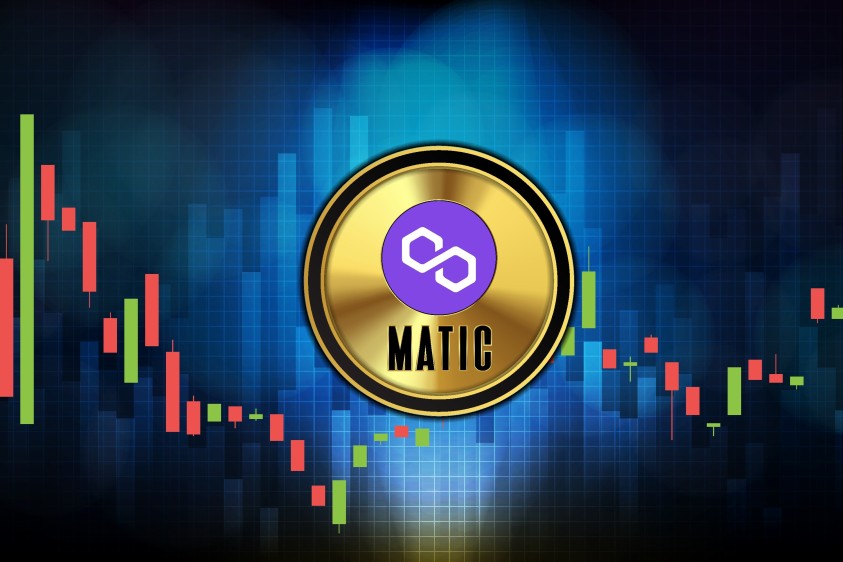Liquid staking is basking in the glory at the moment, rising to become the second-largest decentralized finance (DeFi) sector.
The sector had been slowly gaining popularity, but zoomed into the headline late last week, when the largest liquid-staking protocol, Lido, saw inflows of 150,000 ETH worth over $240 million.
Blockchain analytics company Arkham Intelligence traced the transactions to Justin Sun, the founder of Tron, who continued pumping ETH into Lido raising his share to over $500 million.
Read More: Understanding the Ethereum Ecosystem
According to DefiLlama, Sun’s inflow helped increase the value of assets in liquid-staking protocols to over $14.2 billion, putting it ahead of lending that has assets worth $13.5 billion, and only behind decentralized exchanges that boast of assets worth $19.6 billion.
Prime rib
But what exactly is liquid staking? Put simply, it is an interest-earning strategy for owners of proof-of-stake cryptos like Ether.
The biggest advantage liquid staking has over regular staking is that it allows investors to earn interest on their digital currencies while still keeping the assets for other purposes.
In a proof-of-stake consensus mechanism, new blockchain transactions are verified by investors by staking their tokens. This also helps thwart attempts to take over the network since the attacker would need to take control of the majority of tokens in order to have a sway over the blockchain.
Read More: It’s about time Ether displaces Bitcoin
The token holders that lock up tokens, in order to verify the authenticity of transactions, and keep the blockchain secure, earn a transaction fee. However, their staked tokens cannot be transacted, traded, or used as collateral, making them illiquid.
Liquid staking gets its name because it helps solve this illiquidity problem.
Here you have a liquid staking provider that will deposit user tokens, then stakes them, and in turn gives the depositor a tokenized version of their staked funds. These can then be stored, transferred, or traded just like a regular token. Due to this mechanism, liquid staking tokens are also referred to as liquid staking derivatives.
For instance, the aforementioned Lido protocol allows users to stake any amount of ETH, and in turn issues stETH, which users can then use for other purposes like lending while still earning staking rewards.
Winning streak
The over $14 billion in liquid staking protocols are spread across many blockchains, including Etherum, Polygon, Tron, Solana, and several others. Furthermore, Lido makes up almost 75% of the liquid staking market with about $9.5 billion of total value locked (TVL).
Experts suggest liquid staking has been the best-performing crypto sector this year, and anticipate it to grow at an accelerated rate following the upcoming Shanghai software upgrade on the Ethereum blockchain.
Read More: What is the Ethereum Merge?
That’s because the Shanghai upgrade will enable stakers to withdraw their staked ETH along with the accumulated rewards for the first time since Ethereum switched to the proof-of-stake consensus mechanism.











